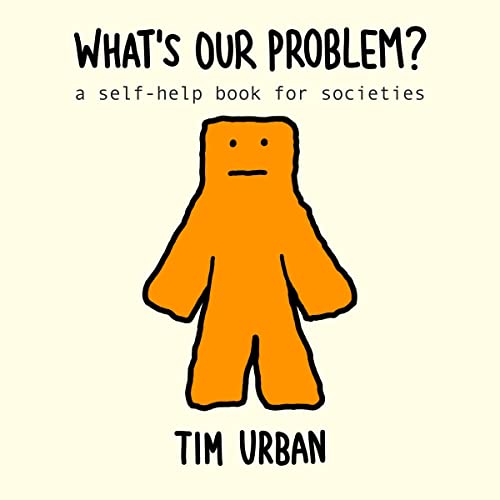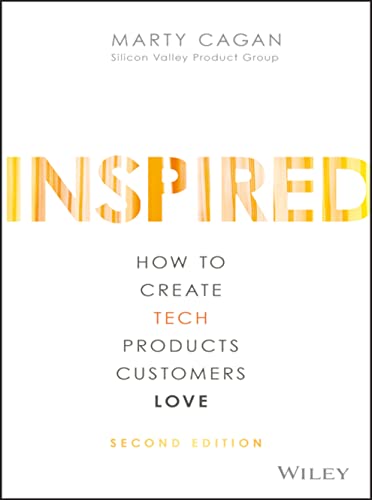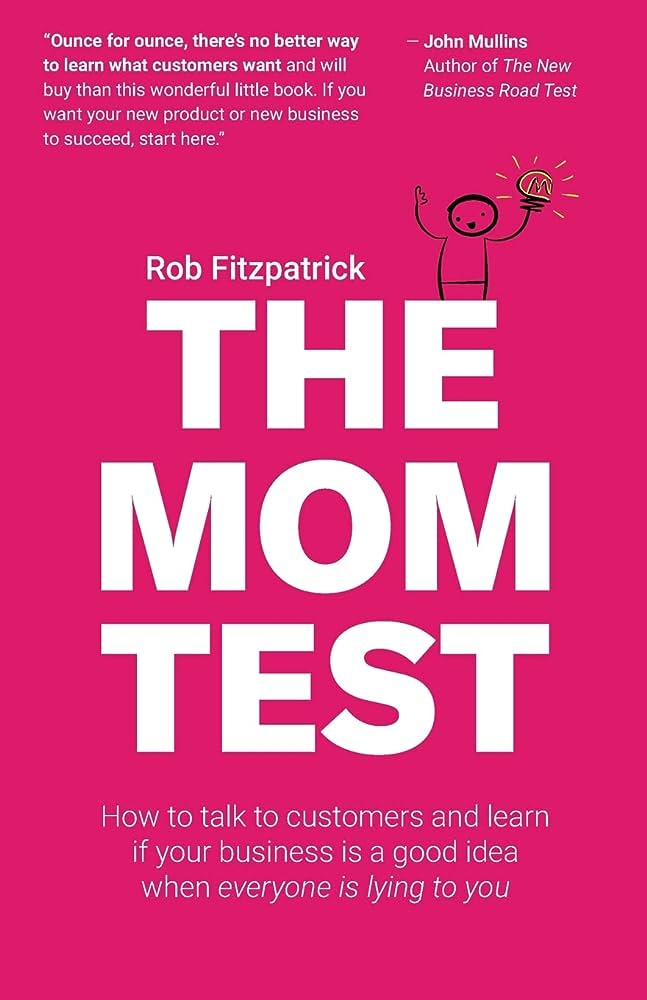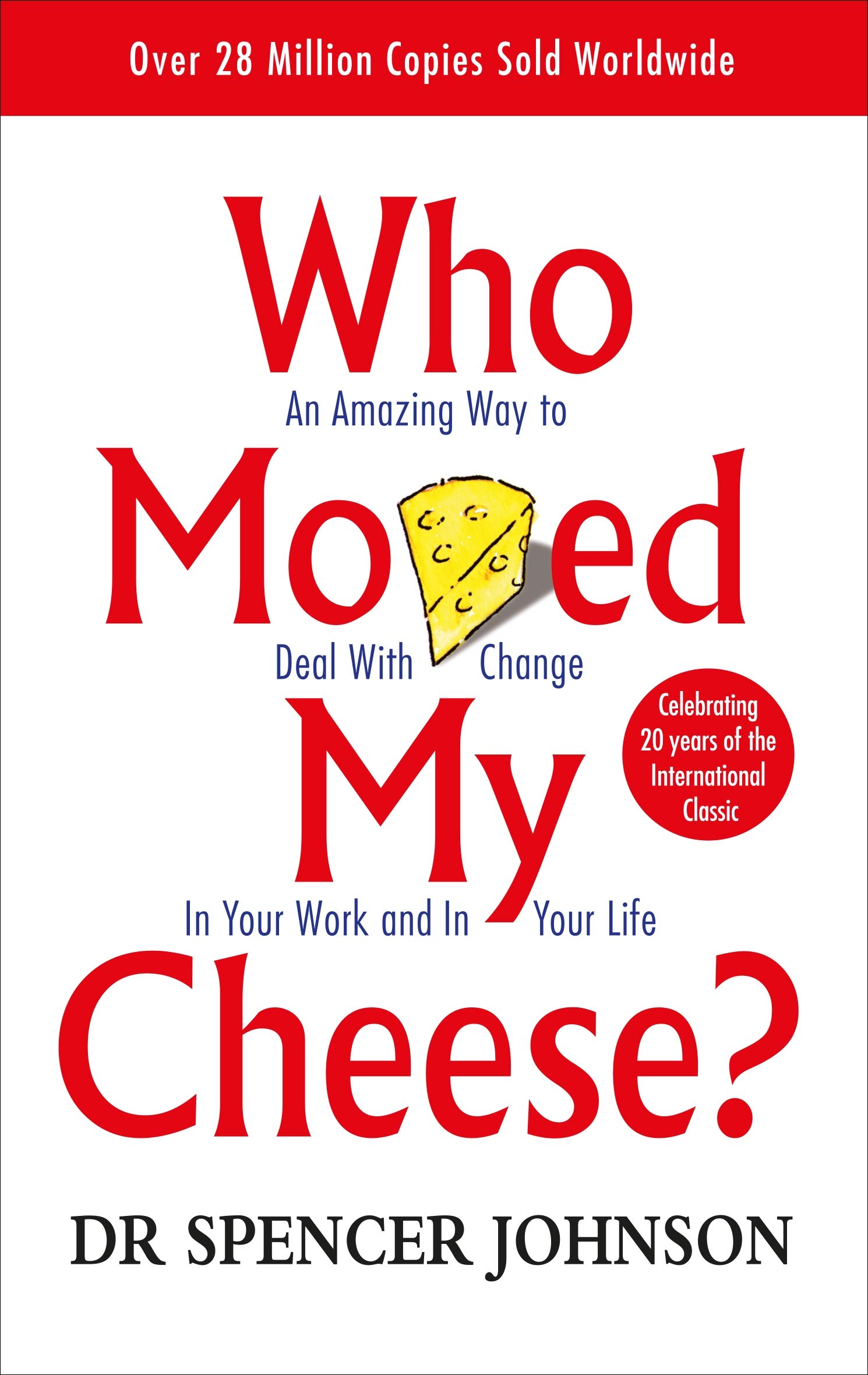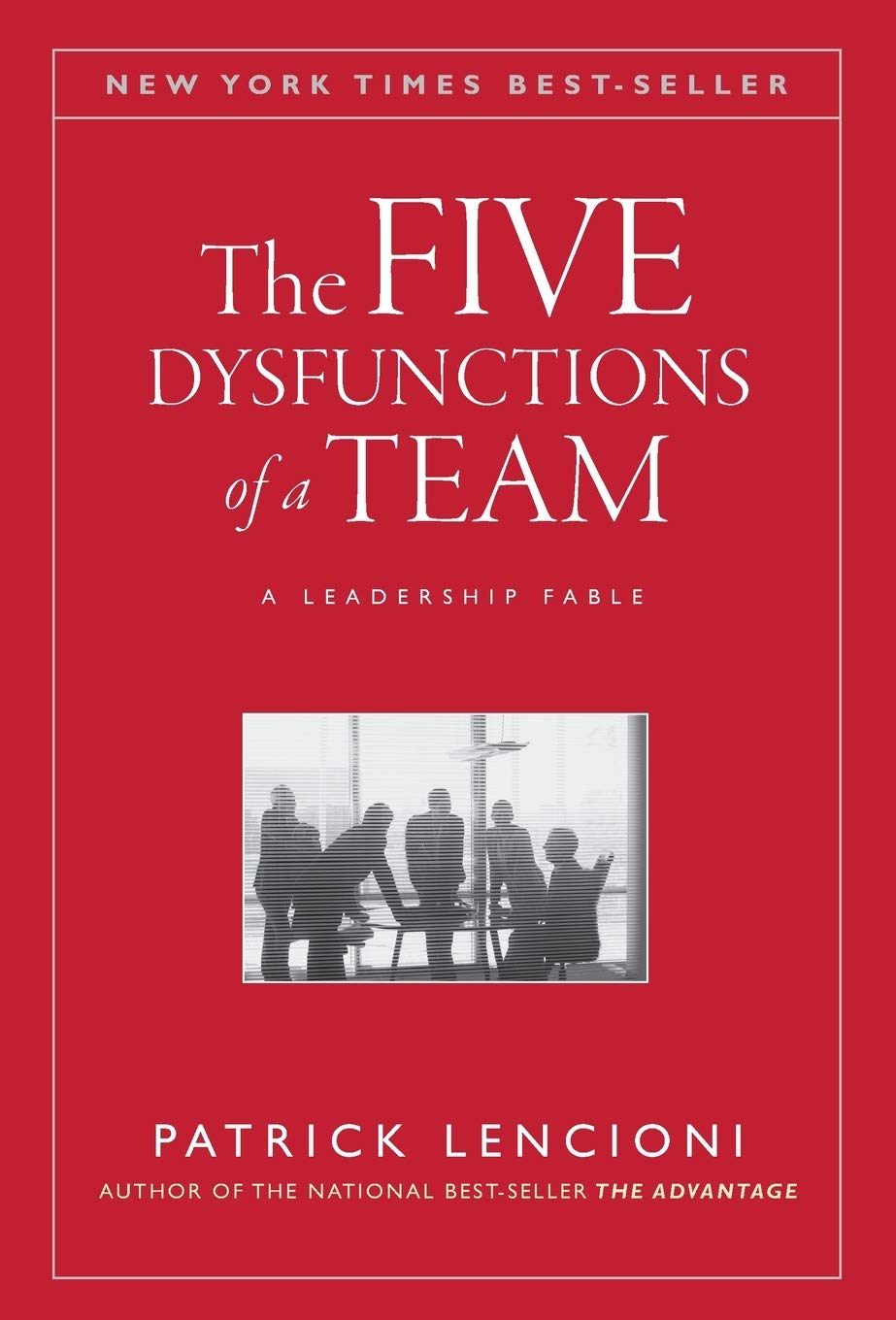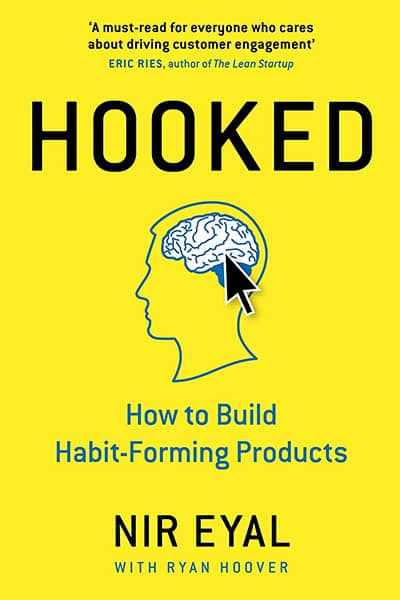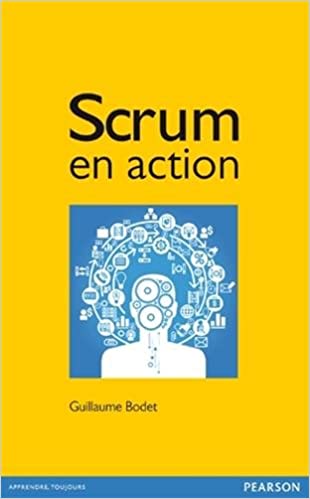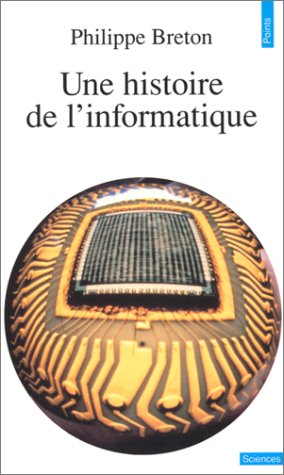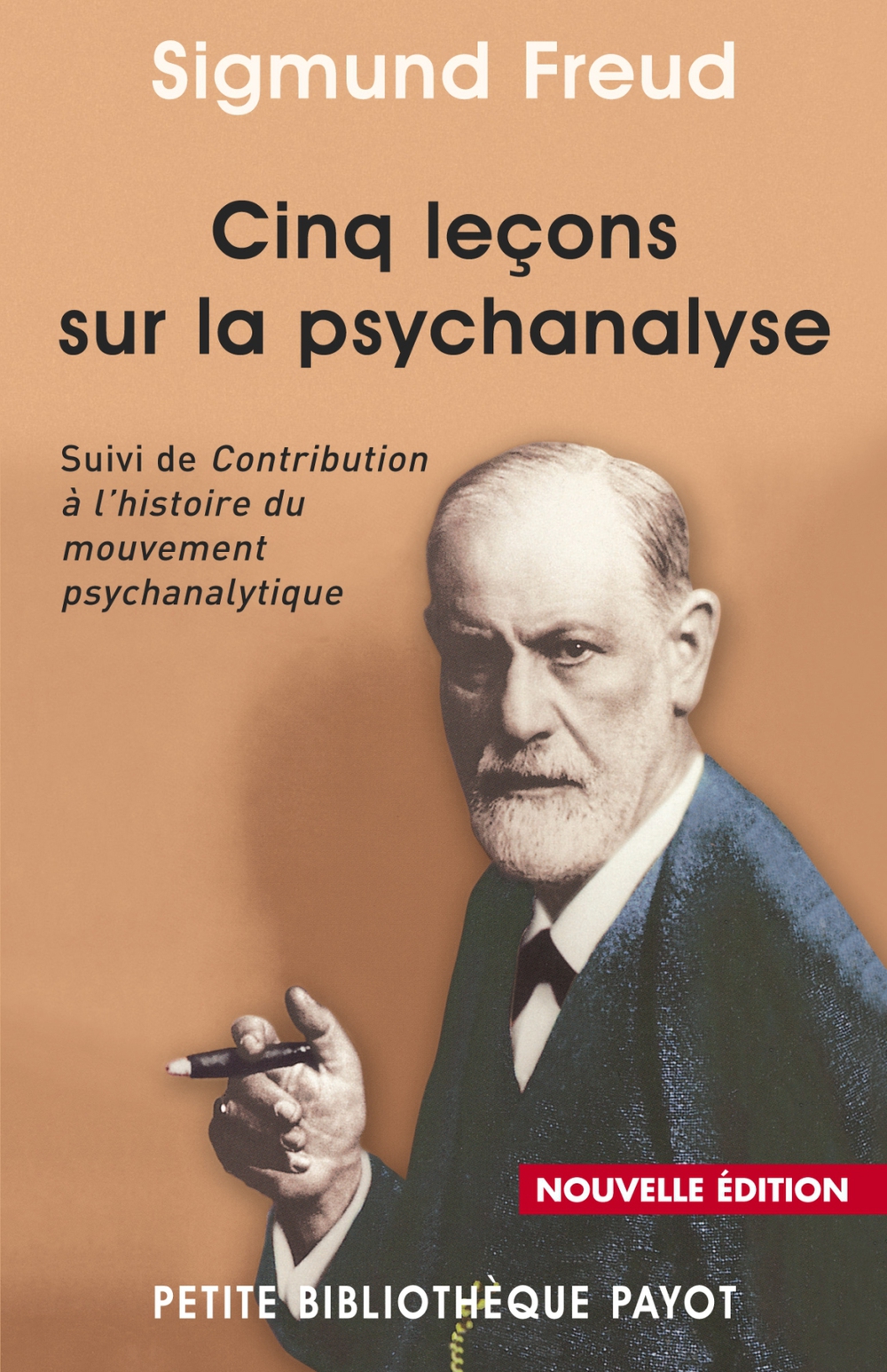Valentin Viennot
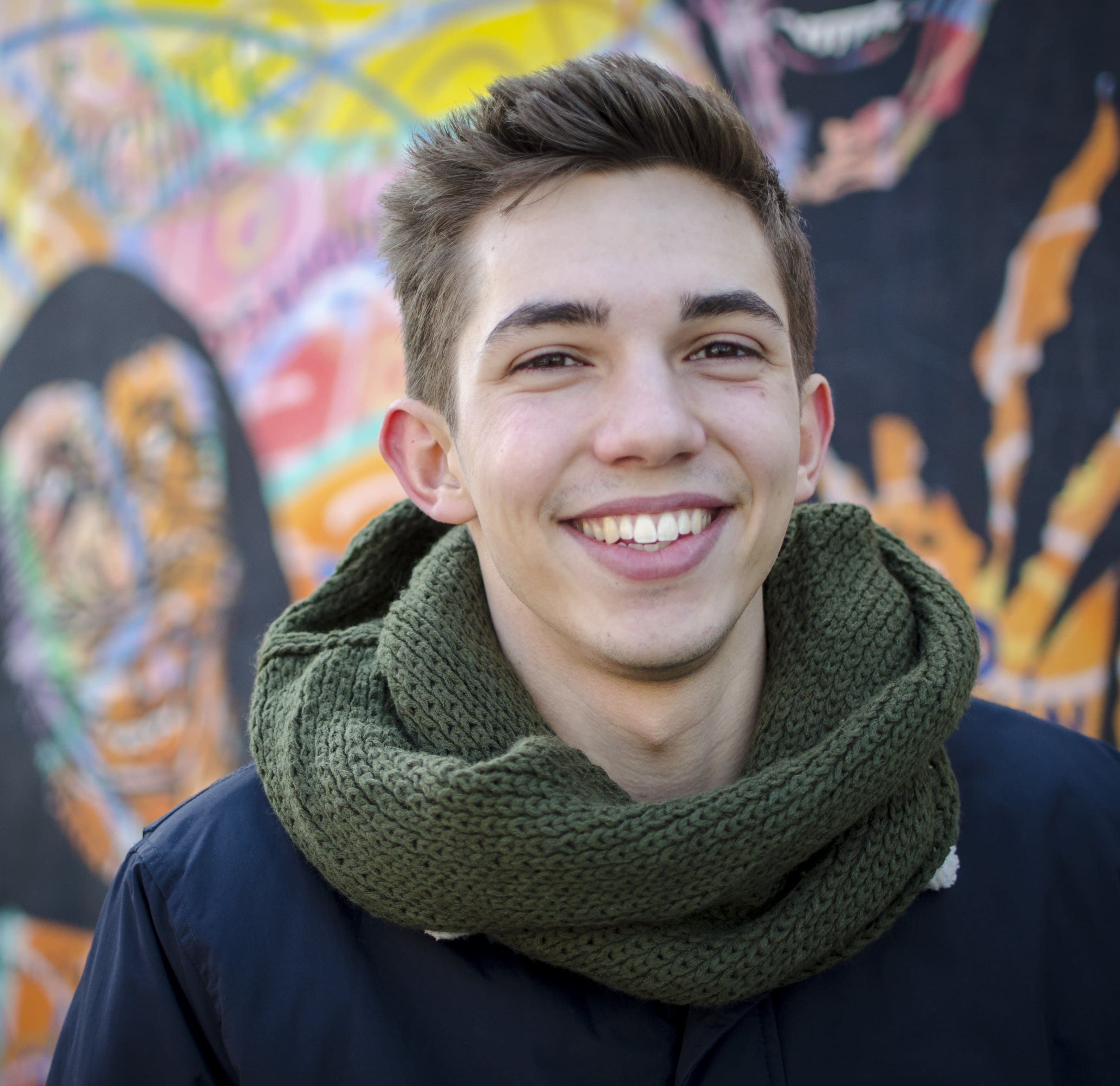
Software and Telecommunications Engineer by training, Inventor by nature
About Me
“A great product manager has the brain of an engineer, the heart of a designer, and the speech of a diplomat.” - Deep Nishar
As an insatiably curious problem-solver, I transform the complexity of the world into innovation. My passion for transforming ideas into viable market solutions is rooted in a robust technical background in communication systems and computer science, fortified by T-shaped knowledge that spans a spectrum of modern tech topics and beyond.
My expertise revolves around dissecting complex systems, strategising impactful changes, and leading high-performing teams towards crafting valuable, influential solutions. I’m an ardent advocate for open-source models and values and am driven by a mission to augment individual and collective intelligence.
In my role as an executive product manager for Canonical, I’ve pioneered initiatives to position Ubuntu at the forefront of container images. Most notably, the cutting-edge Distroless-type Ubuntu containers: chiselled Ubuntu images.
Hand me a problem, and I’ll deliver a solution. For better or worse, I persist until the job is not just done, but done right. I’m always on the lookout for audacious challenges that stretch my entrepreneurial spirit.
If you’re searching for a partner who turns the intricate into the accessible, ignites change, and elevates collective intelligence, let’s connect. You can reach me via email or Twitter.
Bio
“The best way to predict the future is to invent it.” - Alan Kay
I’ve always wanted to be an inventor. Since I was a child, I wanted to solve all the problems with my ideas – often causing my parents and sisters to yell at me, until they eventually told me: “Valentin, you need to be an engineer”. Was that the word for an inventor? Without a doubt, I joined the top-ranked INSA de Lyon engineering school right after graduating from High School.
| INSA Lyon | Communications Systems | 2015-2020 | details |
At INSA de Lyon, I sought to develop a broad range of skills and knowledge, and to learn how to communicate complex ideas and concepts with other smart people. I also learned how to code for some side-projects, and I quickly realized that programming was the perfect way to bring my inventions to life.
| IBM | Full-stack Software Engineer | 2017-2020 | details |
Looking for a new challenge, I applied for an apprenticeship with IBM and the IBM Garage, where I worked as a full-stack engineer. My time at IBM taught me two important lessons: first, that IT is at the heart of every business and is driving disruption in every industry; and second, that user-centered design is essential for innovation and the development of new ideas.
| EPFL | Exchange student | 2019-2020 | details |
Seeking to further develop my skills in user experience and data science, I spent one semester at the EPFL. This experience helped me gain a better understanding of these fields, and it also increased my self-awareness – I realized that I am an entrepreneur at heart.
| Canonical | Executive Product Manager | 2020 | details |
Faced with the decision to start my own business or become a product manager, I first decided to pursue the latter, with a focus on open source software and to join Canonical as a Product Manager.
Canonical’s mission is to bring free software to the widest audience. One of the biggest barriers to adopting open source software is security and supply chain vulnerabilities, particularly with cloud-native software packaged as container images. Rather than shipping Ubuntu IN container images, we re-thought everything from the bottom-up and built Chiselled Ubuntu in order to distribute Ubuntu AS container images. I launched Chiselled Ubuntu as a completely new product offering inspired by Distroless but with the advantages of a Linux distro.
As a Product Manager for Canonical, I worked every day to improve Open Source and make it sustainable, while also gaining valuable product management skills and contributing to the broader goal of increasing human intelligence.
I am now taking it a step further.
In October 2023, I joined Entrepreneur First as a Founder in Residence in order to find a solution to funding Open Source!
Projects and Contributions
“The most valuable thing you can make is a mistake - you can’t learn anything from being perfect.” - Adam Osbourne
Welcome to my portfolio of projects and contributions! In this section, you’ll find a selection of my most significant and noteworthy work. From side projects to school assignments, each of these projects showcases my passion for innovation, problem-solving, and making a real impact in the world. Whether you’re looking for inspiration, guidance, or simply want to learn more about my work: Let’s talk!
Entrepreneur First: Building The Biggest Tech Company on Earth (right now) 2023EF
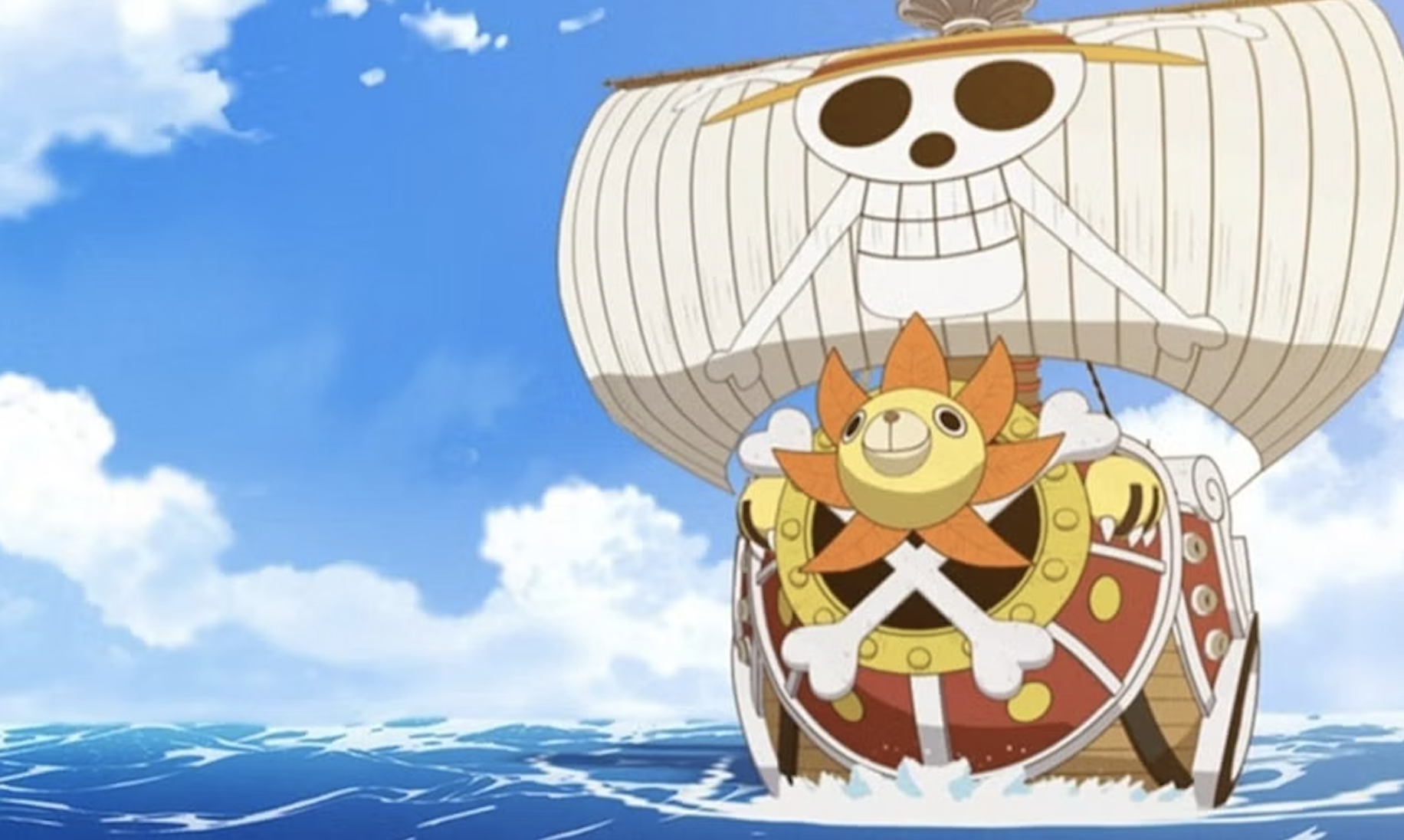
I’ve always wanted to be an Inventor.
I joined EF with a dream: to build the Biggest Tech Company on Earth.
Or, rather, to find a way to sustainably invest in Open Source Software.
Nothing can compete with Open Source. Open Innovation is the healthiest, fastest, most socially profitable way to innovate. Unfortunately, building an Open Source company today is closer to building an NGO dependent on donations. Open Source as a business model is just not profitable —not as much as closed-source companies.
Therefore that’s the mission I gave myself: to invent a sustainable business model for Open Source Software. Funding Open Source Projects and Contributors.
Doing this, I aim to free workers and provide a x1000 lever to enhancing individual and collective intelligence.
In order to succeed, I need a crew of Pirates:
- Finance/Economy experts,
- Web3/Blockchain super-devs,
- Product dreamers
If you’re interested to join my crew and jump on the boat: reach out!
Ubuntu container images 2022Canonical
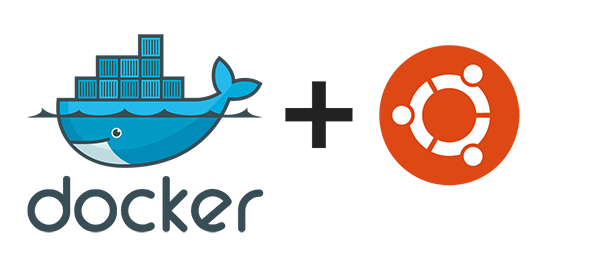
As the Product Manager for the Containers offerings, I’m working on building declarative tooling to craft new, ultra-small, OCI-compliant container images based on the Ubuntu content that millions of developers already know and trust. Our recent work with Microsoft has resulted in the creation of a new class of container images: Chiselled Ubuntu containers. These from-scratch containers are much smaller and more efficient than traditional Ubuntu containers, with a size of just 6MB, compared to the 70MB of a typical Ubuntu base image. This size reduction provides significant performance and security benefits, and it makes it possible to run self-contained software such as self-contained .NET apps in a more efficient and secure manner.
Our work on Chiselled Ubuntu containers is essential to the success of open source software, as Ubuntu is the platform of choice for many innovators around the world, including individuals and open source projects. By providing a modern, efficient, and secure platform for developing and shipping software to production, we’re helping to advance the open source ecosystem and make it more accessible and sustainable.
- Chiselled Ubuntu x Distroless (blog)
- .NET x Chiselled Ubuntu container images
- Announcement (blog post)
- Website
- Byline in TechRadar, “Containers at the Edge”
Black and white colouriser 2021CanonicalProject
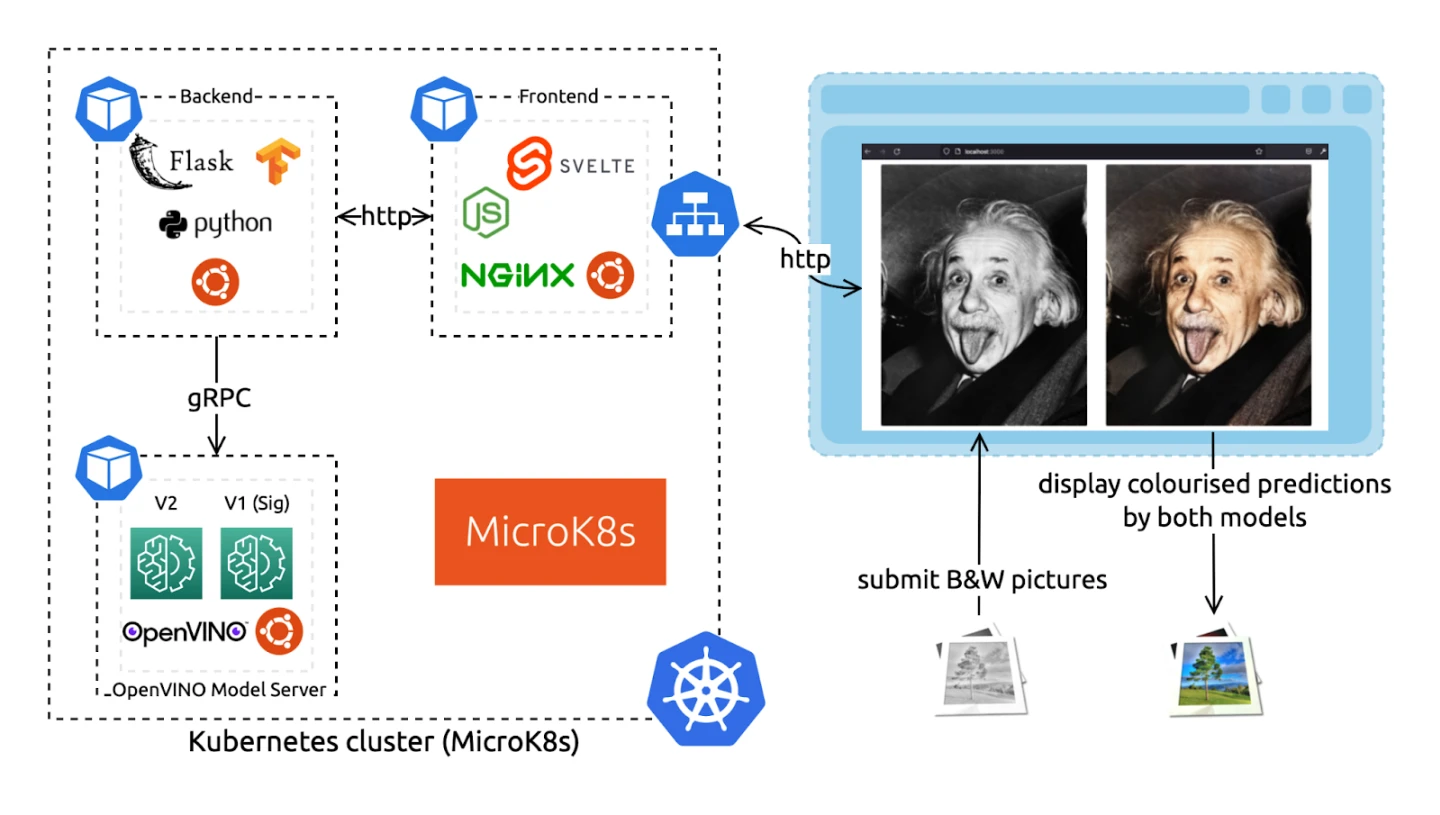
“If you’re looking to bring a stack of old family photos back to life, check out Ubuntu’s demo on how to use OpenVINO on Ubuntu containers to colorize monochrome pictures. This magical use of containers, neural networks, and Kubernetes is packed with helpful resources and a fun way to dive into deep learning!”
I created this demo as part of a demonstration of Intel OpenVINO™ on Ubuntu containers: from the consistently outstanding developer experience to the added trust to your software supply chain.
The blog post contains the instructions, explanations, and source code to create a web micro service (with a GUI!) taking black and white pictures and turning them into coloured photographs! The demo is running in Ubuntu container images and splitted into micro services deployed onto MicroK8s.
- Full blog post (on the Docker blog)
- Part 1 (on the Ubuntu blog)
- Part 2 (on the Ubuntu blog)
- Intel partnership announcement (on the Ubuntu blog)
InCube Challenge - Food Smart Grid 2020Hackathon
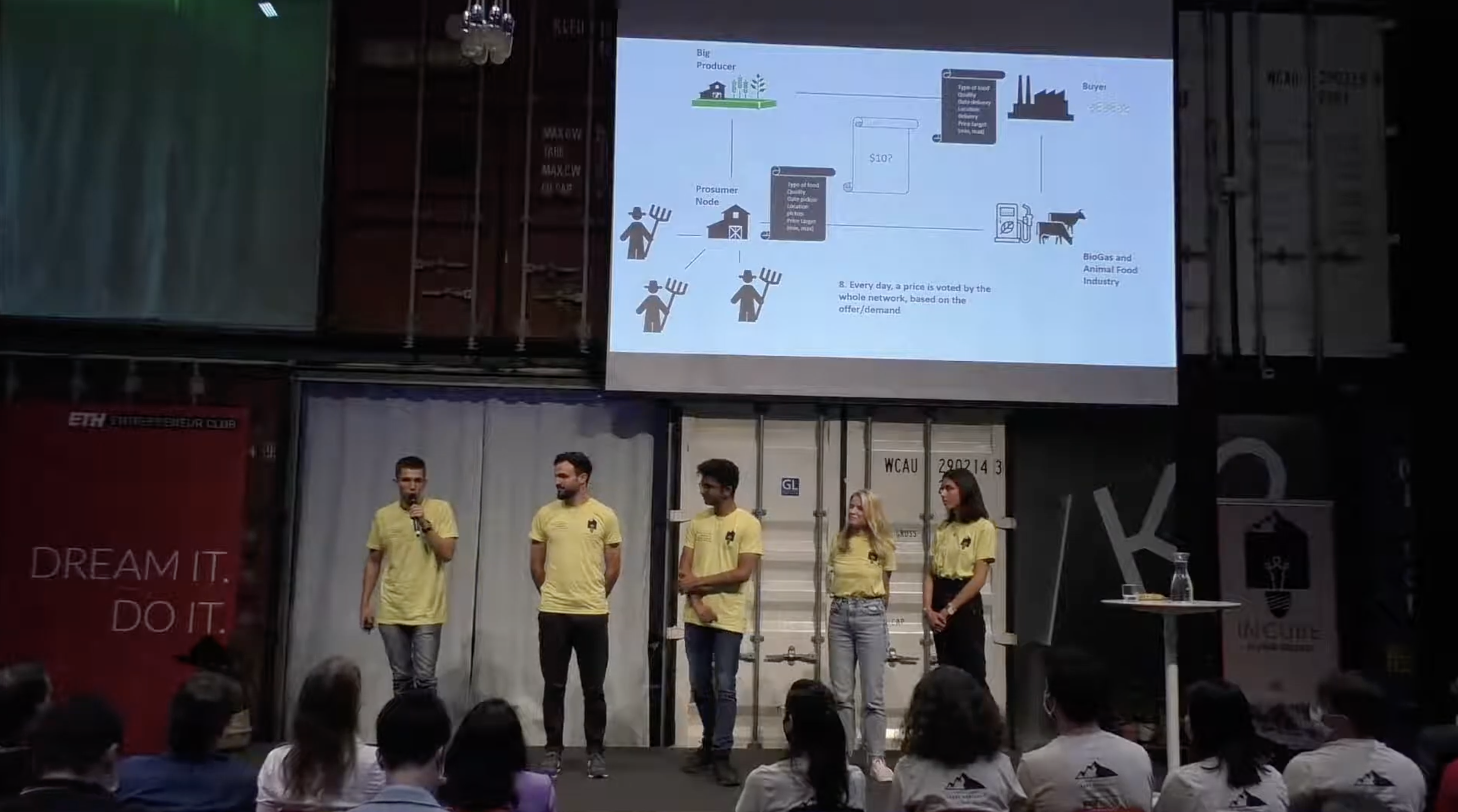
I participated in the InCube Challenge organized by the ETH Zürich. The challenge is a two-week journey in the Swiss mountains that includes one week of training on Design Thinking, Problem Solving, and Entrepreneurship. The second week, teams of five are isolated in the mountains to solve a complex problem. In my case, the challenge was to make the global food system more efficient and sustainable. I learned a lot from this experience, mostly about team leadership, team dynamics, and self-awareness. I also applied Design Thinking successfully to a complex problem.
Our team identified the root cause of the problem as the use of monoculture in modern agriculture, which causes soil depletion and the need for increasing amounts of fertilizers. The main challenge in shifting from monoculture to diversified cultures is the lack of access to the market for small producers. We proposed applying the smart grid model used in the electricity market to connect small producers and create a predictable and reliable network where food can be sold and bought at a market price.
We chose India as our target country because it has a large number of small farmers who face this problem and because corruption is a major challenge in India and other emerging countries. To address this issue, we based our solution on blockchain technology to create trust among network participants. Our solution includes a single negotiated price among all network members for available resources, based on supply and demand, and computed daily. This price includes transportation and storage costs, and our algorithms optimize the supply chain by matching buyers with sellers.
One of the key benefits of our solution is that it provides a long-term cost incentive for large producers to shift from monoculture to diversified agriculture. Without access to a network of buyers, these producers would not be able to sell their products. Our business model includes a small fee for each transaction made through our platform, and we plan to offer specialized software that leverages the data generated by our network to benefit buyers, warehouses, and transporters in the supply chain. Overall, our solution has the potential to create a decentralized, efficient, and sustainable food system.
Gauges 2020Side-ProjectThePinkOwlWIP
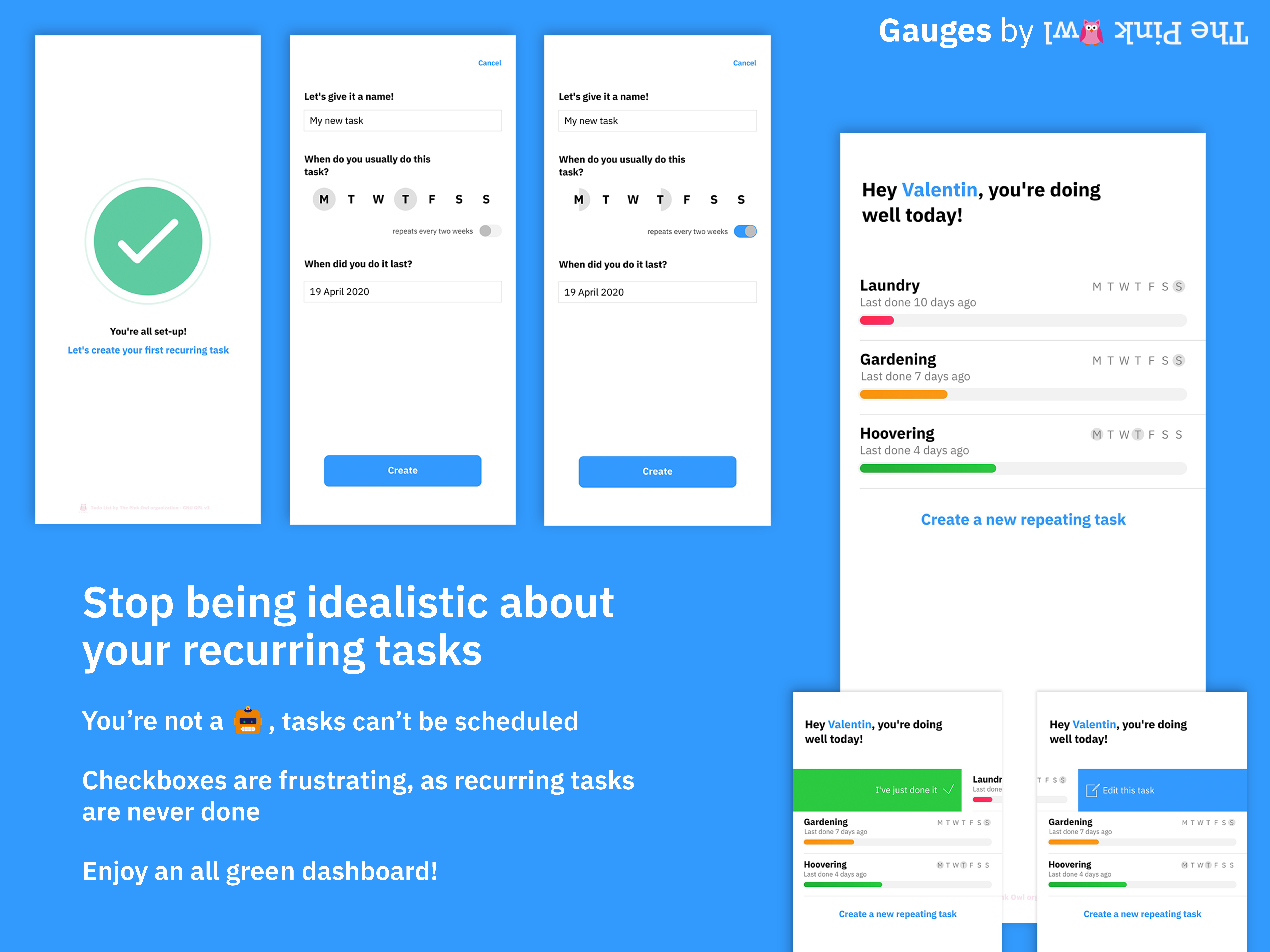
Gauges is a personal project I developed to experiment with design tools and processes, as I did not receive any formal design education. It also allowed me to apply product management practices I learned while completing my studies.
Gauges is a to-do app that focuses on managing recurring tasks in a more effective way than traditional to-do apps. Rather than setting reminders for specific dates and times, Gauges allows users to track the frequency of their tasks and provides a visual representation of their progress. This shift in focus allows users to keep the “lights green” and avoid feeling overwhelmed or frustrated by missed deadlines.
Bluffer: the locked-down version 2020Side-Project
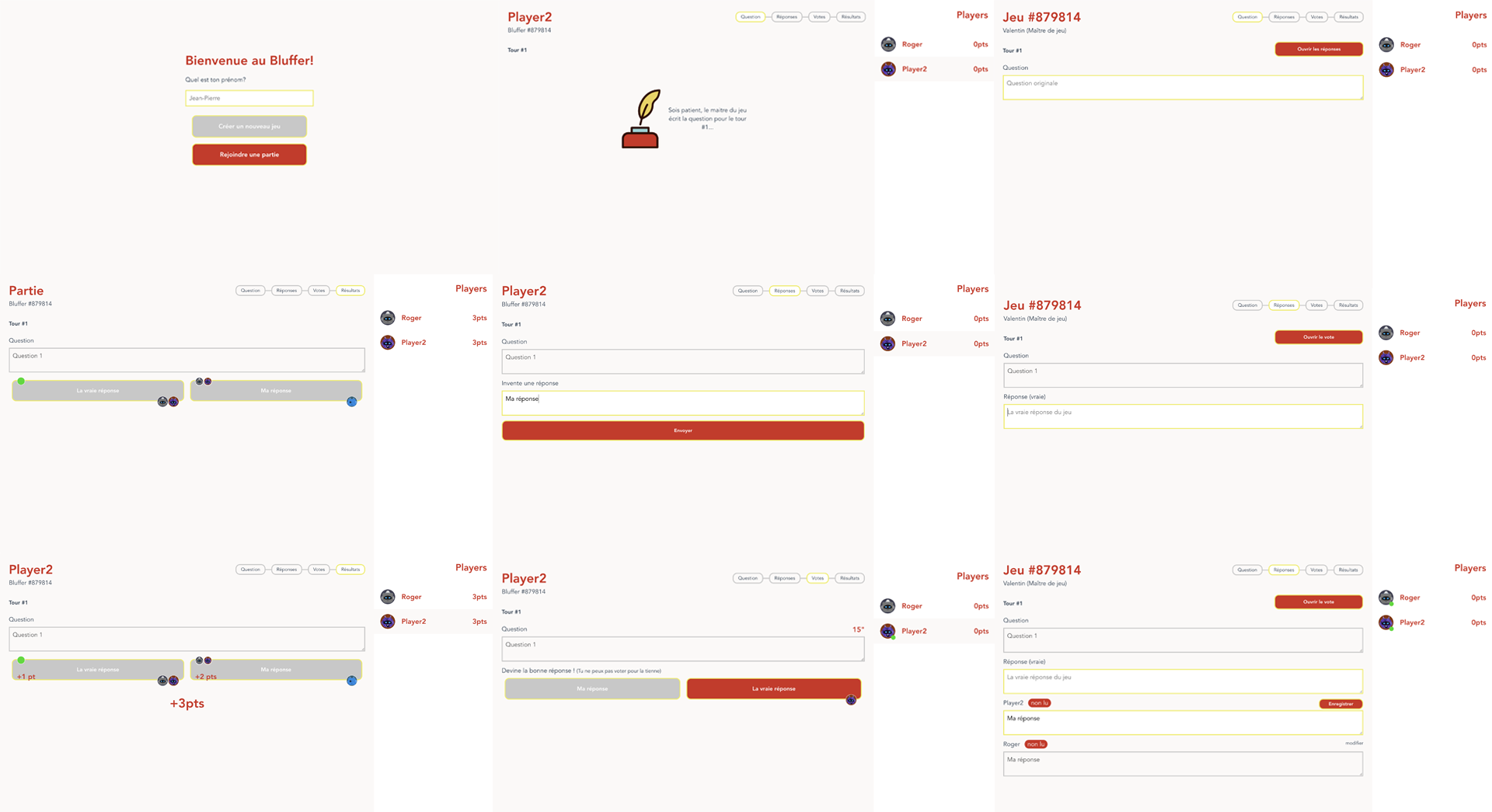
This project was a personal project I built for fun during the COVID-19 lockdown to stay in touch with my family and friends. The Bluffer is a board game that is difficult to play remotely without specific tools, so I designed and built a quick app to allow us to play this game virtually. The app was well-received and provided us with a fun way to stay connected during the lockdown. This project allowed me to experiment with app design and development, and I learned a lot from the process.
MuchMatch: Swipe it right! 2019EPFL
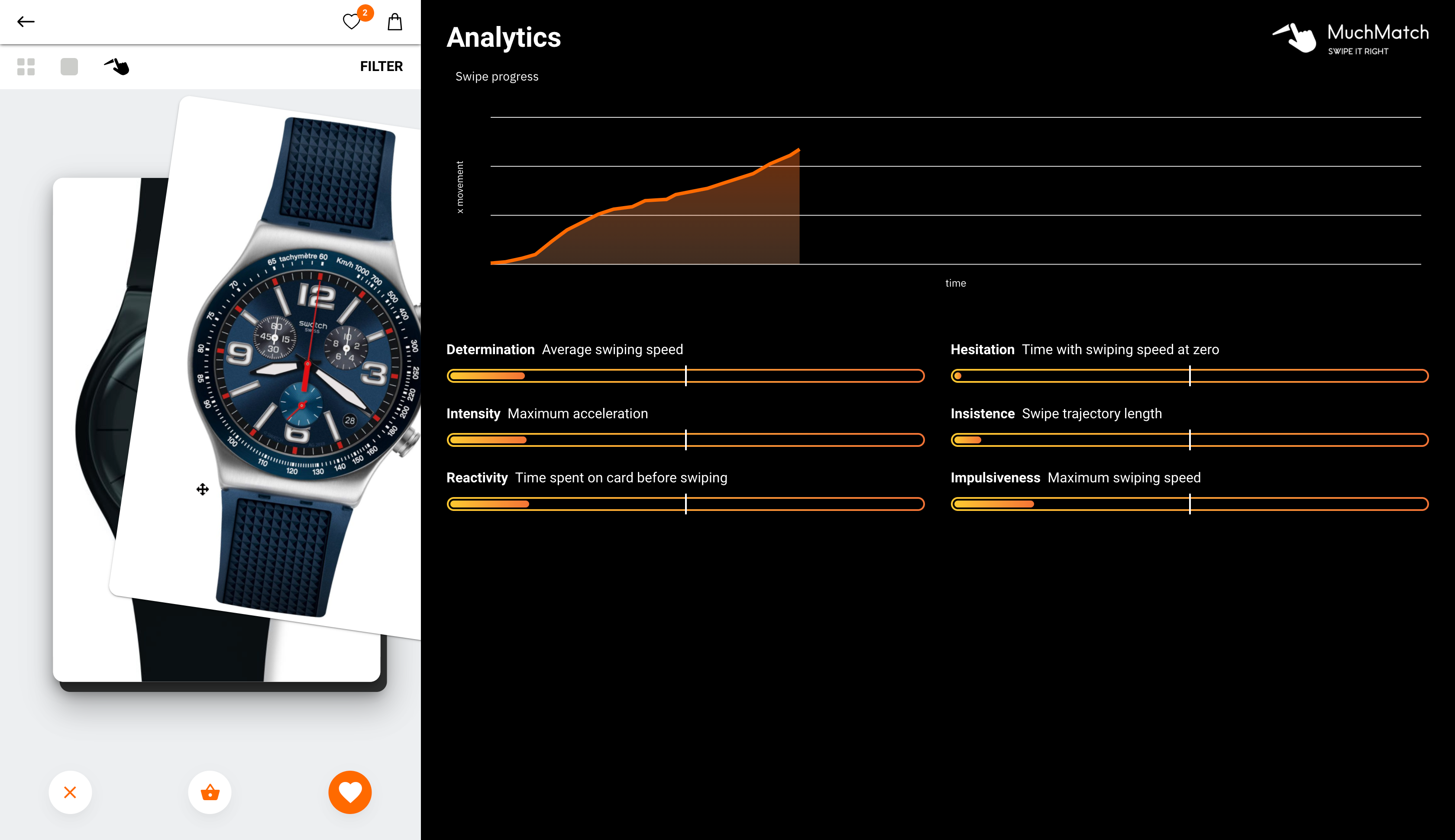
“The near-unlimited choice of items presented in online stores leads users on journeys of untargeted and unsatisfying scrolling through bottomless pages on the search for products they like.”
Online shopping can be overwhelming, with endless pages of products to browse through. But what if the way we browse could provide valuable insights into our preferences and behaviors? That’s the question we sought to answer with our project for the EPFL Experience Design course in Fall 2019. We proposed a fun and intuitive way to browse shopping catalogs using swiping gestures, and a robust background data analysis to extract valuable insights from these gestures. By analyzing the swipes themselves, as well as the items that users swiped on, we were able to characterize each participant’s swiping habits and preferences. This project was a great opportunity for me to learn about user-centered design and data analysis, and it even convinced the final presentations jury!
Kitchen Science 2019EPFL
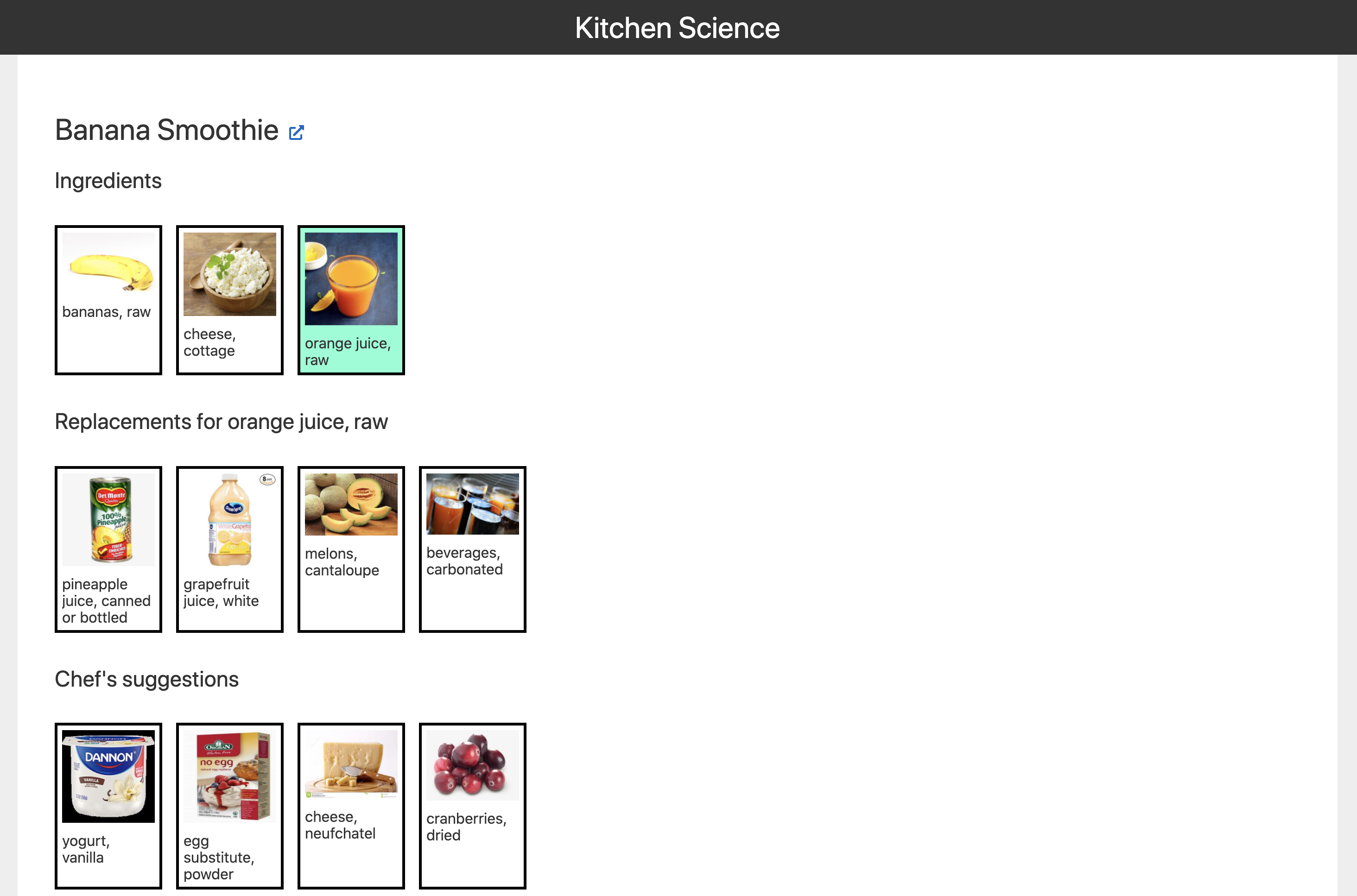
Have you ever invited vegetarian/vegan friends over for diner and didn’t know how to replace the meat in your favorite dish? Or had a crucial ingredient suddenly disappearing from your kitchen?
This project is for you!
As part of the EPFL Network Tour of Data Science course (Fall 2019), I worked on a project called “Kitchen Science” to create a tool that helps people replace ingredients in their recipes.
To develop the tool, we used data science and graph manipulation to create ingredient networks using the Recipe1M+ and USDA databases. We then applied kNN analysis and graph filtering to determine the best replacements for ingredients. The result was a tool that could provide tasty alternatives for both meat-lovers and vegans.
Working on this project allowed me to gain experience in data science and apply it to a real-world problem. It was also a fun way to explore the world of cooking and help people create delicious meals.
Junction: Bag.ly 2019Hackathon
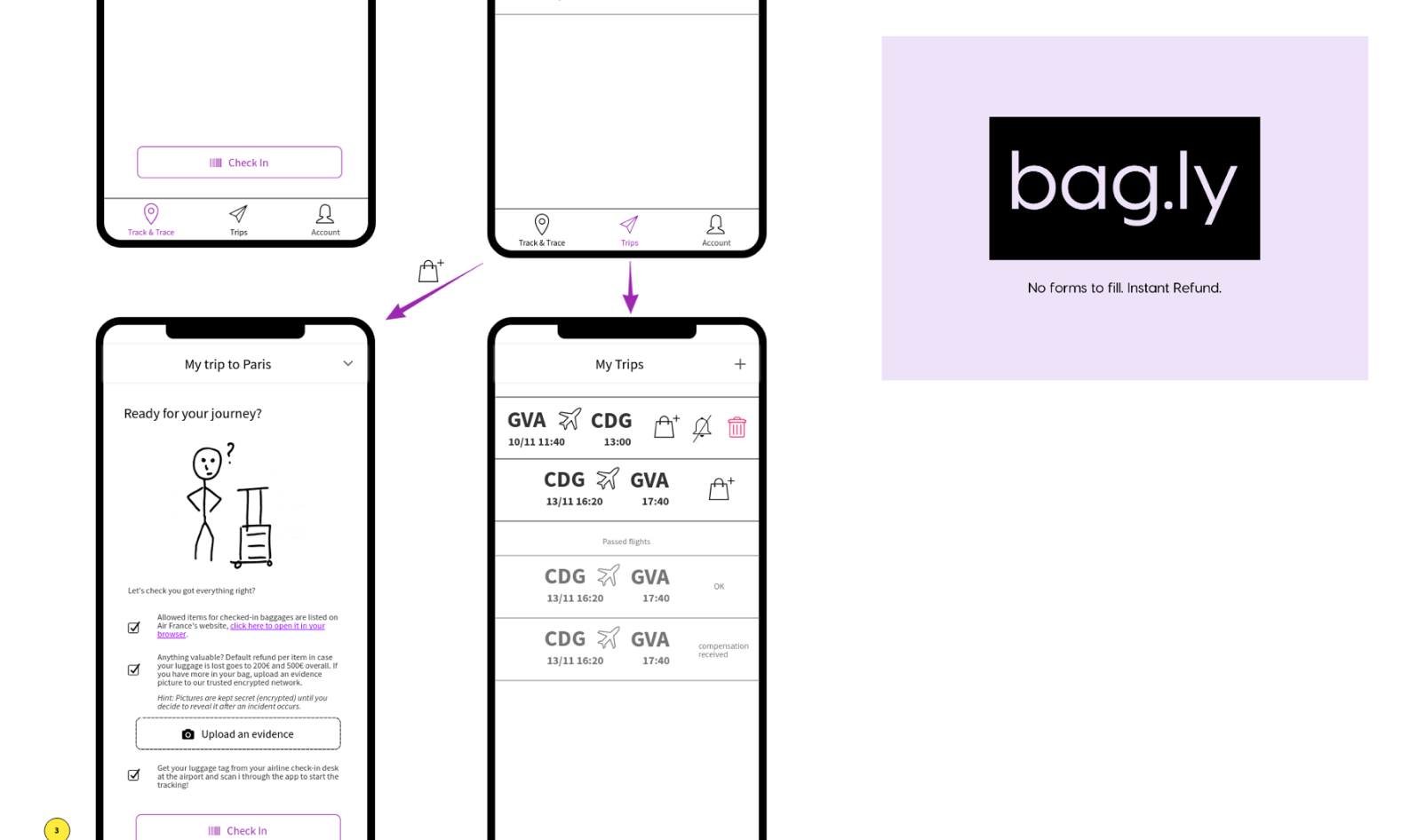
Junction is an annual hackathon event that brings together around 1500 developers, designers, and other tech enthusiasts to collaborate and create new technology projects in just 48 hours. In 2019, I had the opportunity to participate in the hackathon and take on the Qoco challenge, which focused on improving the traveler experience with a real-time luggage-tracking API.
With my team, we initially brainstormed ideas for creating informative user interfaces for tracking luggage. However, we quickly realized that lost luggage is more of a fear-based issue than a technical one, and decided to pivot our project towards providing instant help and refunds for lost or broken luggage through a neo-insurance model.
The project was called “Bag.ly” and we built a web app that allows travelers to easily file a claim for their lost or damaged luggage. By using real-time tracking information from the Qoco API, we were able to provide instant compensation for travelers in the form of a help-package and a full refund within 5 days. This was a great opportunity for me to apply my skills in product design and development in a team setting, as well as to learn about the potential applications of blockchain technology in the insurance industry. Overall, the experience was very rewarding and I enjoyed working with my team to create a unique solution to a common problem.
HackLyon 2018HackathonNGO

Hacklyon is an NGO that I co-founded with friends to organize a Hackathon in Lyon, France. Our goal was to share the amazing experience of hackathons with others and provide an inclusive, accessible event for all students, regardless of their background or experience. We held the first Hacklyon event, called “Alpha,” in 2018. It was a hackathon focused on bringing AI and cloud technologies to the transportation industry.
As the Event Manager, I led a team of 7 to organize all aspects of the event, including partnerships, communication, technical resources, event schedule, food and necessities, and budgeting. Despite having a tight budget and no participation fees, we were able to provide a high-quality experience for over 50 participants over a 34-hour period. With a less than 100€ budget per participant and no participation fee, we managed to provide all the food and required materials!
The success of our event was measured by the positive feedback we received from partners and participants. We were also recognized for the quality of our organization, communication, and delivery by being selected as part of The Web Conference. Through this project, I gained valuable leadership and event-planning experience, as well as technical skills.
London IBM Garage: pipeline dashboard 2018IBM

During my apprenticeship at IBM, I had the opportunity to join the London Garage team for a two-month mobility project. The IBM Cloud Garage is a workspace where teams run Design Thinking workshops and develop MVPs (Minimum Viable Products) using agile principles and methodology.
One of the internal projects I worked on was the “pipeline dashboard,” which showed data about CI/CD configured on different projects. The existing dashboard was based on an outdated framework and needed new integrations. I proposed a redesign of both the UI and architecture, incorporating Vue.JS. After getting feedback from the lead designer and an architect on the team, I prototyped and developed a new working dashboard based on a microservices architecture. The team was happy with the solution, and I was able to integrate it into another internal project.
Through this project, I learned the importance of collaboration and incorporating feedback in design and development. This experience at the London IBM Garage provided me with valuable skills and insights that I have continued to apply throughout my three-year apprenticeship at IBM.
Wavestone 2018Hackathon
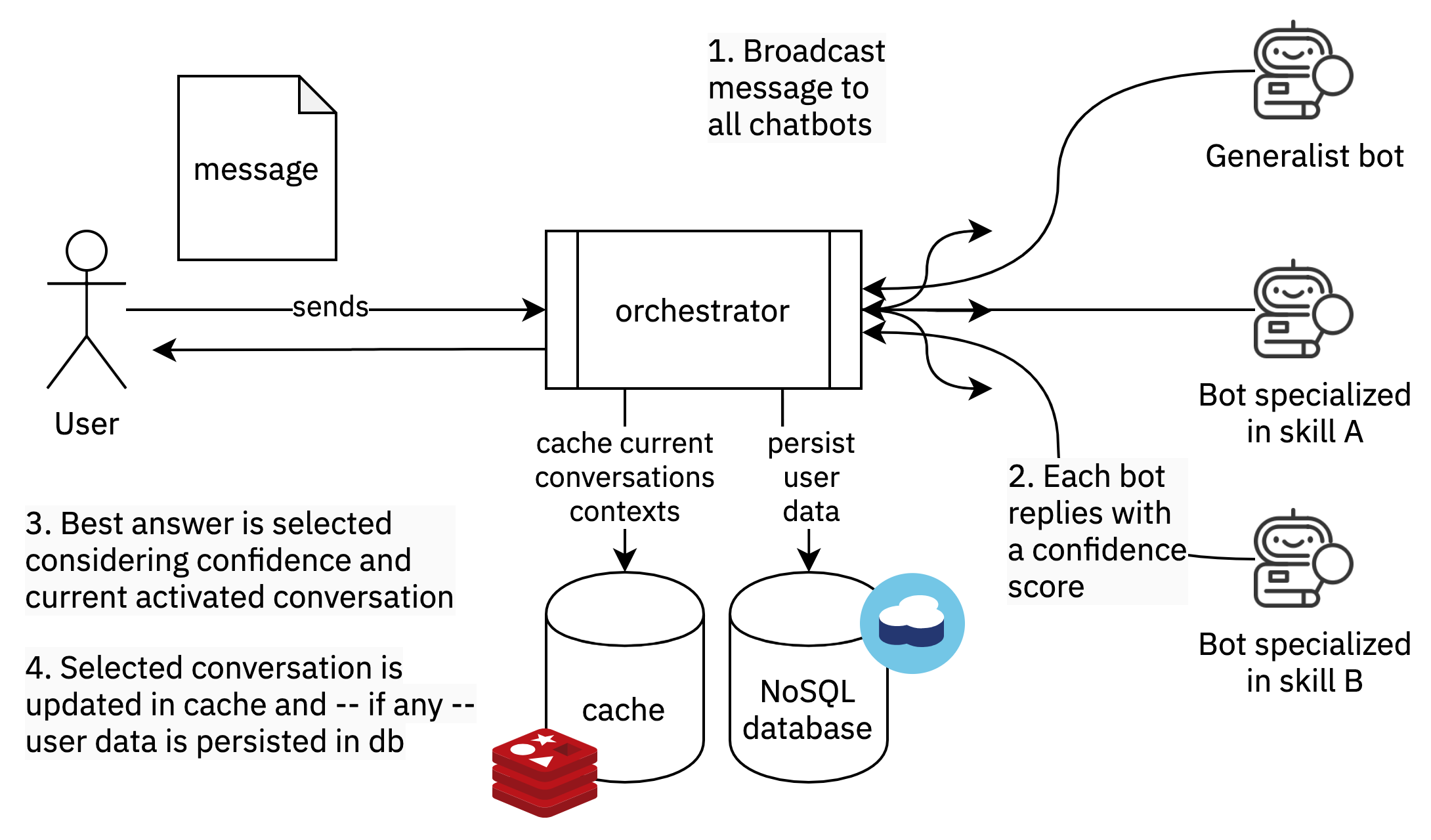
In 2018, I participated in the Wavestone “Hack your bot” hackathon. The challenge was to create an enterprise chatbot that could assist with HR procedures. I came up with the idea for a “multi-bot” architecture, where multiple chatbots would answer the user’s message, and the best answer would be selected based on confidence and context. Our team won the Technical Prize, and our solution was described as “state-of-the-art” by the jury. This project was a great learning experience for me, as it allowed me to explore new technical solutions and work with a team to develop a winning prototype.
Agendapp 2016Side-Project
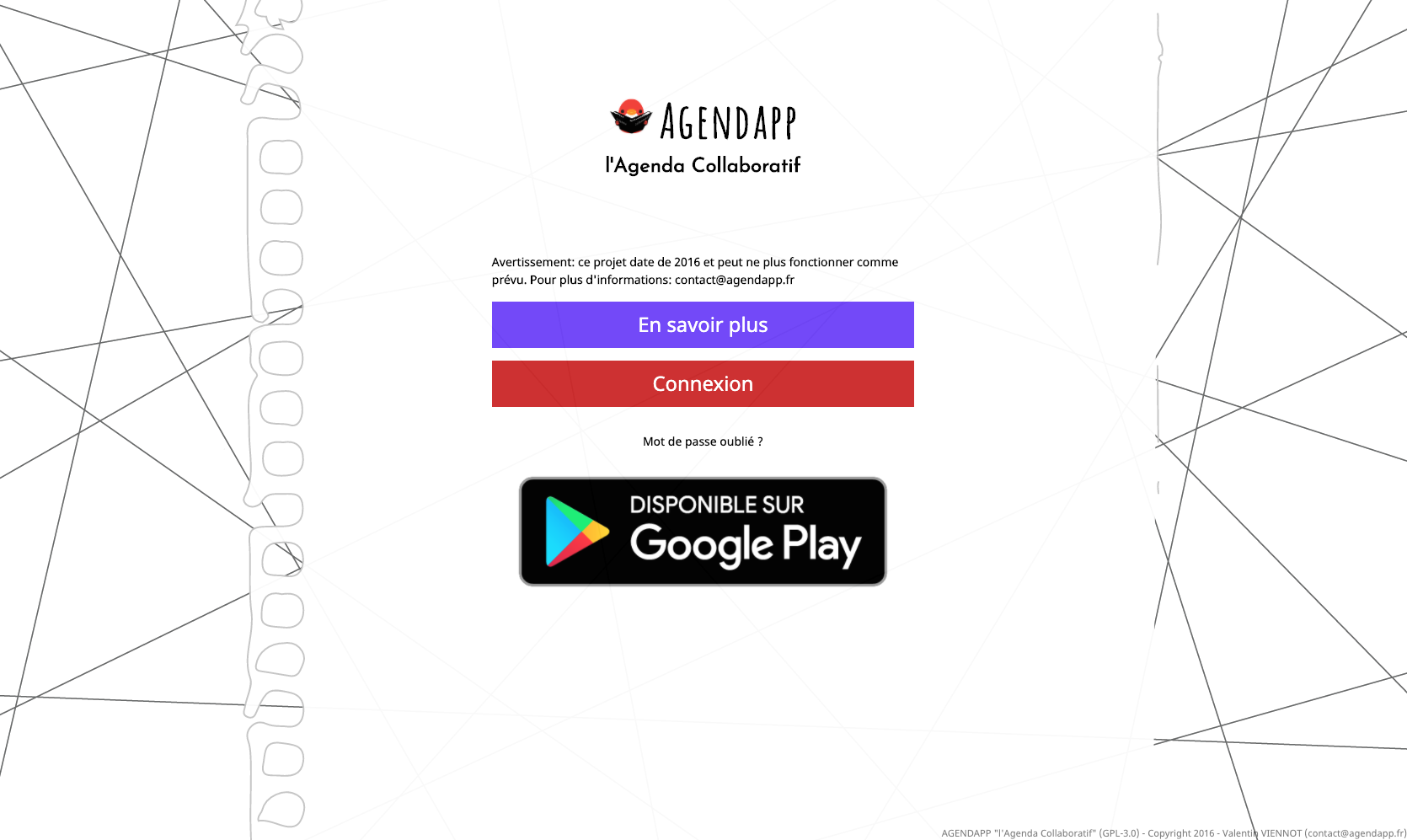
As a student at INSA Lyon, I struggled to keep track of all the homework and assignments that were assigned to me in my various classes. I noticed that many of my classmates were also having difficulty remembering or paying attention to their assignments. I realized that we needed a better way to manage our workload and stay organized.
To address this problem, I decided to create a collaborative website called the Agendapp. The Agendapp allowed students to log and comment on their homework and other deadlines, providing a shared student agenda for all course students. It was a valuable resource for my group and later, for my entire class.
In creating the Agendapp, I also had the opportunity to experiment with new technologies such as AngularJS and Ionic. This project taught me valuable skills in web development and project management, and helped me to better understand the challenges and rewards of working on a collaborative project.
MDL Evariste 2015High-School
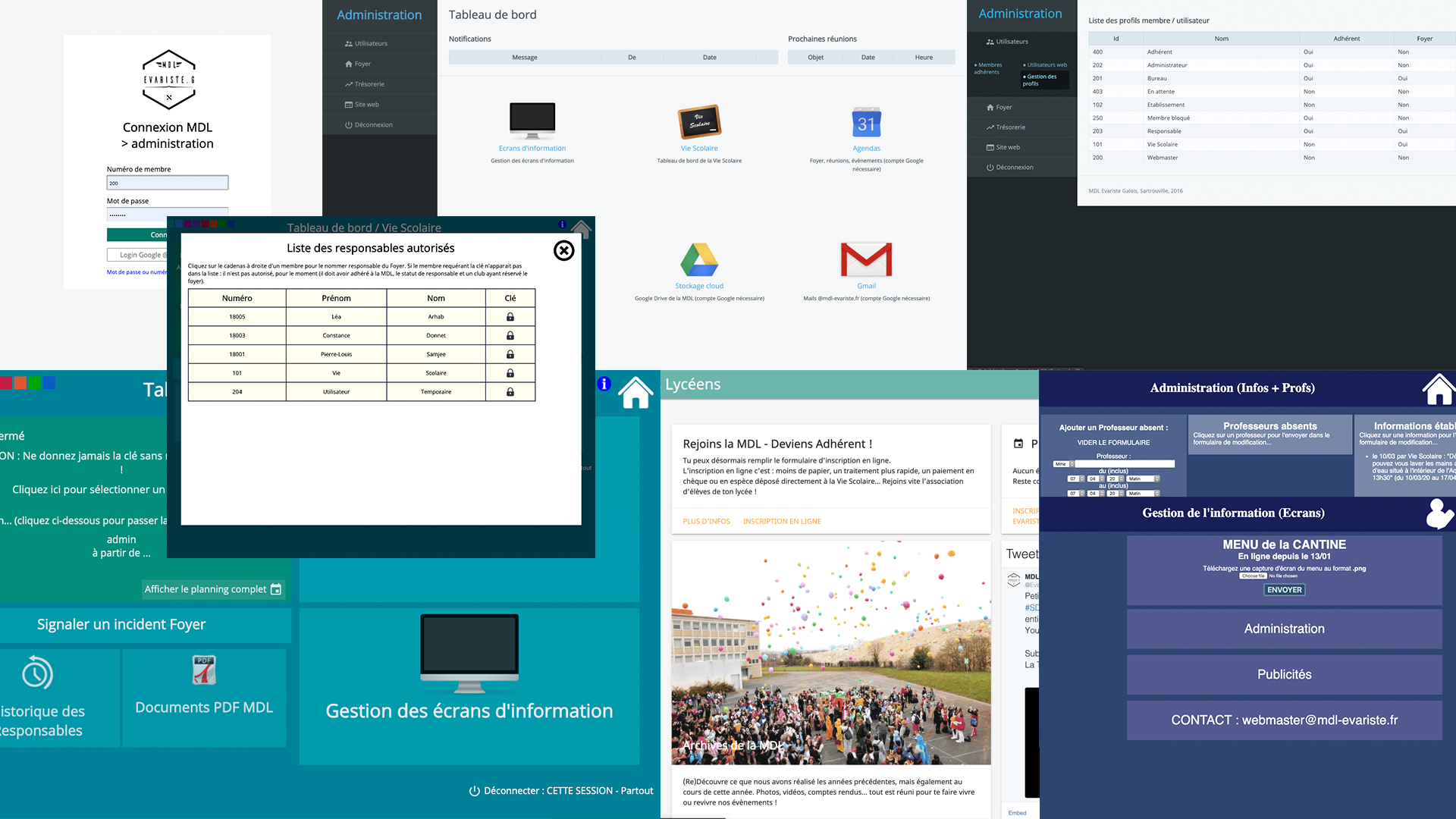
In high school, I was the president of the student office and wanted to modernize our tools. I saw this as an opportunity to learn how to program and build my first real-world web application.
The web application was divided into four “subdomains”: office administration, school administration, information screens, and a public portal. It provided important tools for managing our business, interacting with the school administration, and improving communication within the organization.
One of the most significant achievements of this project was the installation of the first TV screen in our high school, which displayed useful information to students. These IT tools were regularly used by the student office and the school administration, and I still receive messages today about how useful they are to the school.
Overall, this project taught me valuable skills in web development and project management, and provided me with a sense of accomplishment and pride in creating something that was useful and appreciated by others.
Books I’ve Read and Recommend
“The only limit to our realization of tomorrow will be our doubts of today.” - Franklin D. Roosevelt
I’ve included a list of some of the books that have had the biggest impact on me, and that I would recommend to others.
